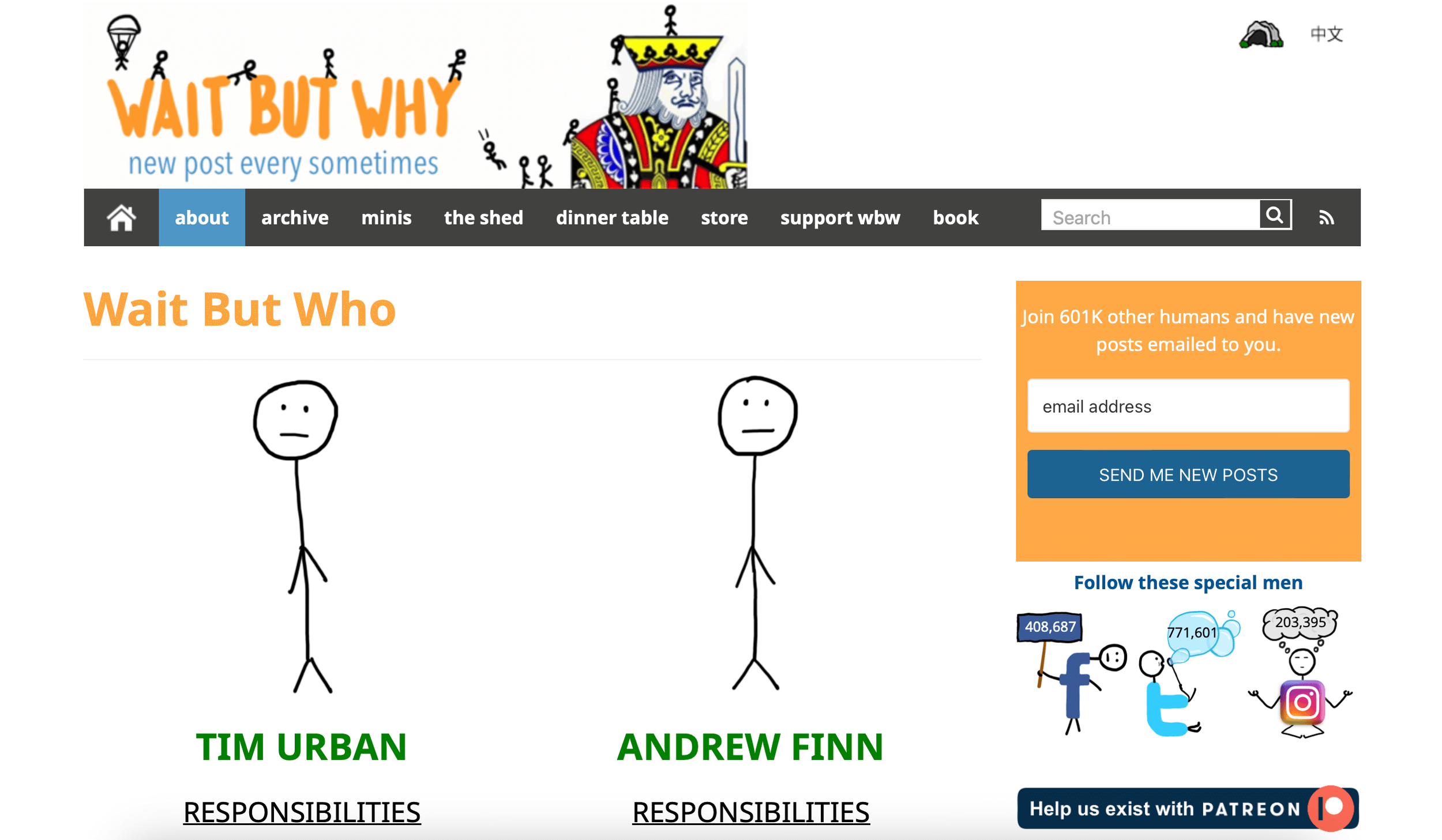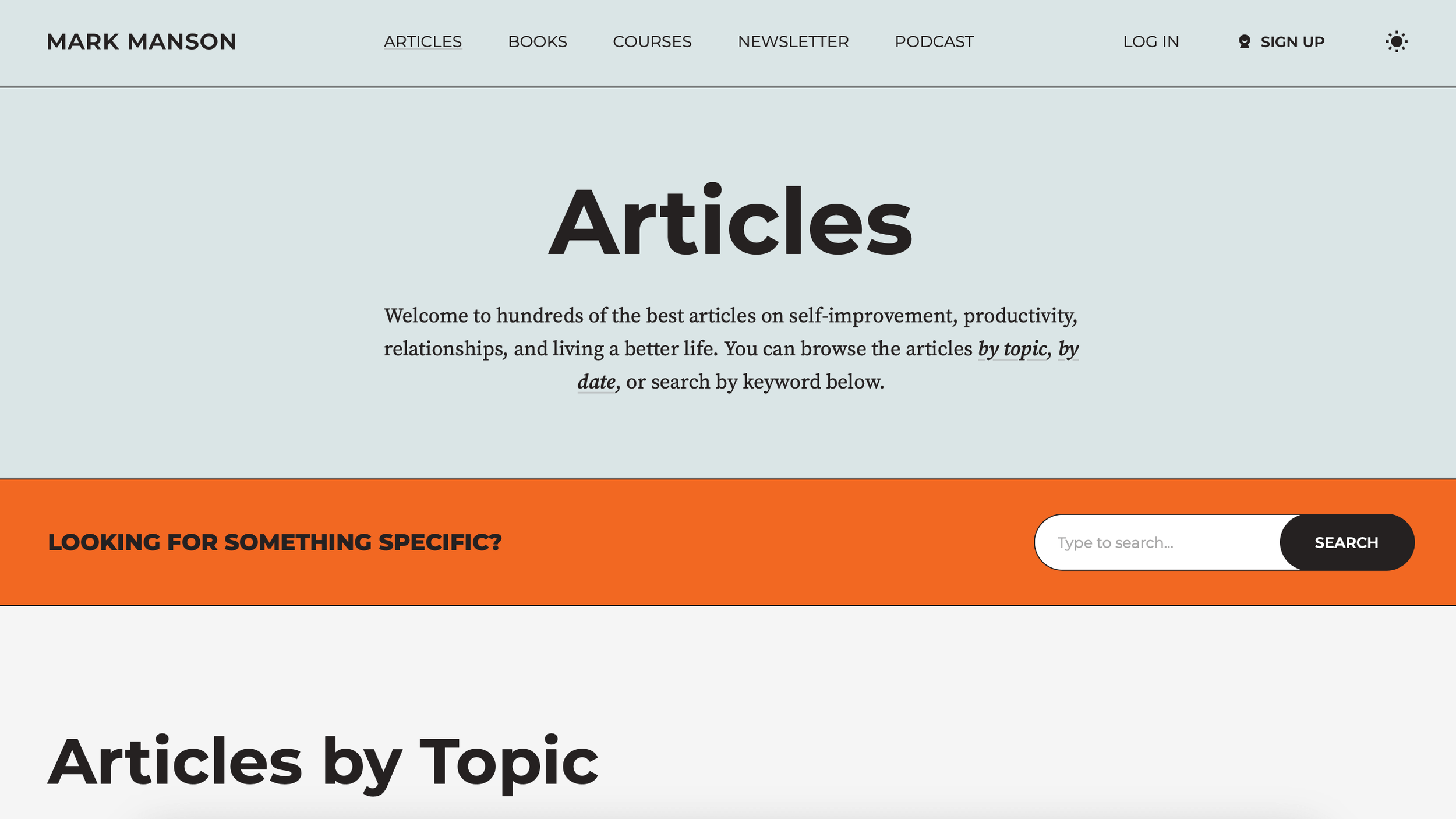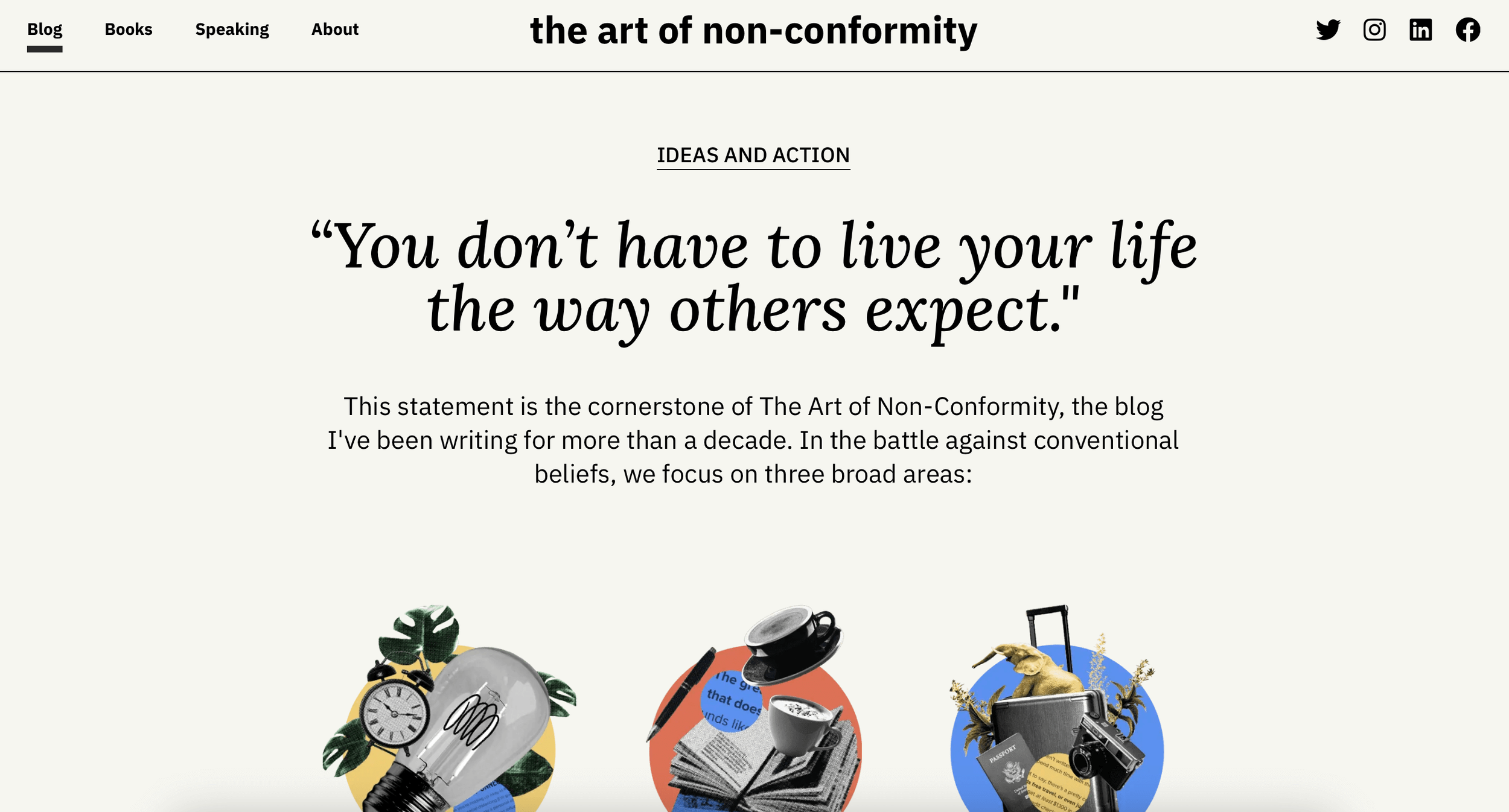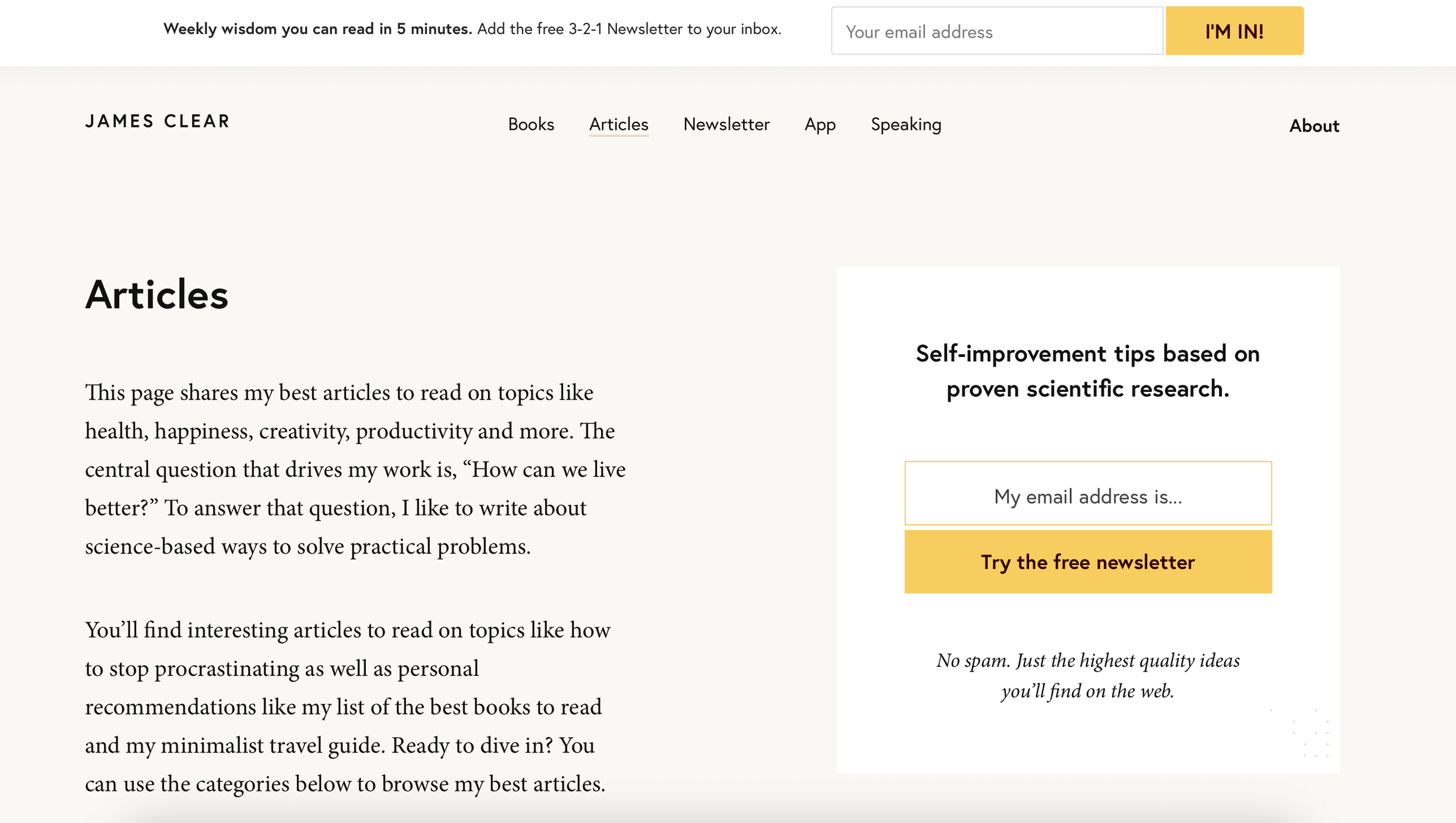What is a Personal Blog? (the cat’s pajamas, that’s what)
I’m a personal blogger and my sites are my life as written content. I use blogging to build my personal brand. And I love it.
So what is a personal blog?
It’s blogging based on your unique life experiences, passions and/or knowledge. You are the brand and the content.
A personal brand blog is your niche of one. It’s flexible, smart and ultra creative.
It’s fun.
My approach is slightly different. In many ways, I believe a personal blog should represent your life authentically and honestly. I like to build my blogs as an active public project.
Essentially, your content documents what you’re doing to build or sustain your dream life. That’s your niche.
This post explores everything you need to know about personal blogging and how to get started.
Now let’s do this dang thing!
Table of Contents
Personal Blogging 101
Let’s get to know personal blogging. This is everything you need to know.
What Do Personal Bloggers Do?
Personal bloggers wear a lot of hats. But here’s what we mainly do:
Design
Research
Networking
Data analytics
Audience engagement
General blog management
What Do Personal Bloggers Write About?
Anything and everything.
But usually, personal bloggers write about their personal lives, creative pursuits, passions and/or expertise.
What you choose to write about ultimately depends on your preferences, knowledge, audience and brand goals.
Explore more:
➤ Is A Blog A Business?
Examples of Personal Bloggers








What is a Personal Blog on Instagram?
Personal blogging on Instagram is different from personal blogging on a traditional website.
If you switch to a professional account on Instagram, you can choose what type of creator you are. And one of those options is a ‘Personal blogger’.
But a personal blog on Instagram has the same purpose as a traditional blog — to create content and a personal brand. It just uses social media instead of a website.
Why Start A Personal Blog? (benefits)
It’s fun
Expand your reach
It’s a business asset
Income opportunities
Become more creative
Learn valuable new skills
Become more self aware
Network with amazing people
Blog content can rank for years
It’s a deep source of personal pride
Get better at writing and communication
Boost your credibility, trust and authority
Create life autonomy (a blog can give you ultimate freedom)
How to Start A Personal Blog (6 steps)
1. Know Your Niche…s
As a personal brand, your niche may be more broad than a traditional site. We are multi-niche humans, after all. So it can be difficult to choose just one.
This was actually one of my biggest bottlenecks.
I talked about too much all in one place. As a result, building topical authority and SEO value was slow and promoting offers or growing an email list was even harder.
So my advice? Be careful with going too broad. At least in the beginning.
“Keep your extra passions or unique experiences as brand-building talking points that support your story. Not everything needs to be content.”
You don’t need to create content for every interest, quirk and skill set you have. Because some niche diversity is good, but too much is confusing.
Layering your niche is awesome, but try to strike a balance or find complimentary niches.
For example, Imperfect Idealist talks about running, sustainability and travel, but it works. And on my other blog, I cover travel, lifestyle and creativity. But they all compliment each other nicely.
So how about you, do you know your niche…s?
Explore more:
➤ Growing a Multi-Niche Blog
2. Build Your Blog as a Public Project
Don’t just choose a niche — choose a niche project.
This is a core part of my personal blogging strategy. Craft your content strategy, keywords, niche and branding around a personal project or pursuit.
Your project is your vision (your dream and your purpose).
A personal blog is the art of turning your personal brand (which is a creative project) into content and making it public.
Social media does this well. So why not blogging?
Share your journey — the highs and the lows.
For example, say you want to build a personal blog around traveling full-time for health, because that’s your passion, lifestyle or dream. So, your project is the journey to full-time wellness travel. Your blog content is simply built around this vision (how to do it, its benefits, inspiration, etc.).
Write on topics that share your brand, your story and your journey.
Why projects? Because they’re relatable and make things stick. Projects:
Add intention
Boost motivation
Boost your brand authenticity
Make your content experience-driven
Create story and make you more relatable
Make your content more active and tangible
3. Choose A Blogging Platform
Your blogging platform is where you’ll share your posts and content. And you have a few options.
These are my favorite platforms for blogging:
Squarespace
Squarespace is an intuitive, artistic and beginner-friendly website builder with tons of SEO power and advanced customization options.
And they’re my favorite platform for building a serious creative brand and a personal blog. I use Squarespace for all my blogs.
Plus, there’s an awesome community of other creators making tutorials, code snippets and more. IMO, it’s perfect for the creative entrepreneur.
Medium
This is great for beginners who just want to dabble. You can start blogging and reaching readers right away without needing a website.
Medium has a strong community element too, making it feel more social. If you want to grow a Medium blog, it’s best to follow a Medium strategy. Eve Arnold is a great resource to learn more.
WordPress
WP is a staple in the blogging world and is the most popular platform to use.
But it also comes with the biggest learning curve. You get more advanced customization options, but there’s also extra stuff like buying hosting, getting the right plugins, doing site backups and tool updates.
It’s not crazy hard, but you’ll definitely need to spend time learning it if you’re new. You can learn more here.
X / Social Media
You can also use social media as your main personal blog. This is the perfect option for social blogging or microblogging.
X is probably the best choice if you want to stick with writing since it’s text-focused. But Instagram can work too if you prefer more visuals and videos for your content.
4. Turn Yourself Into Keywords
Personal blogging requires a personalized content strategy. So let’s turn your life into keywords.
Whatever your personal brand or niche is, there are thousands of searchable keywords that are hyper-relevant. So your job is to find them and use them.
Here’s how:
Break Down Your Niche
Break down your main niche category into smaller sub topics. For example, if fashion is your brand niche, two sub topics could be:
thrifting and how to do it
the hipster style or look
Turn Topics Into Specific Queries
Use the autofill feature in Google Search (or your social media search bar) to find specific queries people are using related to your topics. Here are two keywords from our example:
“thrifting tips”
“hipster brands”
You can learn more about how I find good keywords here.
Check the Search Volume
Search volume is how many monthly searches a keyword gets (written as MSV). I use Ahrefs, Keywords Everywhere or Semrush for this data.
Here’s data from Ahrefs for our example:
“thrifting tips” (200 MSV)
“hipster brands” (60 MSV)
Do a Quick Competitive Analysis
A competitive analysis tells you how competitive a keyword is and whether or not you’ll be able to rank for it.
I use Ahrefs or Semrush for keyword difficulty data (written as KD). Then, I review the first page of Google to check search intent and to see who’s ranking (big brands versus small blogs):
“thrifting tips” (12 KD)
Mixture of big brands and personal blogs
Sites with low domain authority in top 10 (a good sign!)
“hipster brands” (9 KD)
A lot of big brands ranking page 1
All sites have high domain authority (difficult to rank)
Keep in mind that just because a keyword is competitive doesn’t mean you should ignore it. Covering all relevant topics will build topical authority, create a web of articles to interlink between and establish trust with your readers.
Write Good Content
Writing is the main event. And for blogging, it’s important that your content is optimized for ranking.
I talk about this in detail below, but try to create a sustainable writing habit so you can post consistently — for example, 2-3 posts per week.
5. Write Optimized Content
Optimized content means it’s easy to read and formatted for ranking. Luckily, this is pretty simple!
The main things I focus on are SEO (search engine optimization) and UX (user experience).
How to Optimize Content for SEO
Use your keyword in the title, URL and first paragraph
Compress images to increase page speed
Write alt text for your images
Use first-hand experience in your writing
Add unique value — even with AI
How to Optimize Content for UX
Use bullet lists
Use bold text
Avoid long paragraphs
Avoid small font
Use images and graphics
Make your posts scannable
Explore more:
➤ Best Blogging Tools All Beginners Should Know
6. Have the Right Mindset
“Whether you think you can, or you think you can’t — you’re right.”
And the success of your personal blog is a matter of perspective.
The right mindset will keep you consistent and process-focused. Success is all but guaranteed if you just keep showing up, improving and simply never quit.
Easier said than done, but it’s a must-have soft skill for blogging (IMO).
So here are some tips for cultivating a blogger’s mindset:
Have realistic expectations
Be constantly learning
Define your success
Set clear goals
Use good strategies
Meet other bloggers
Love the process
Later ✌️
Truly, personal blogging is the cat’s pajamas. I love building my personal brand this way. My articles become assets that build trust, authority and credibility.
But my articles are more than just assets. They tell my story. A personal blog is your personal brand project, made public.
This is common with social media, but blogs have a longer shelf life and this adds more SEO to your creator goals.
To start, narrow your niche and turn your life into keywords. Then build out your content strategy and start writing optimized content. Make your blog as if it’s a public project.
Finally, keep a realistic, growth-oriented mindset. This is a long game — so think in years, not months.
And remember to have fun too.
It’s a creative project and when done right, it’s hella freaking fulfilling.


